Solo Stove vs Bushbox vs Emberlit Which Wood Burning Backpacking Stove Lights Your Fire?
When it comes to backpacking in the great outdoors you’re often only as good as the wood-burning backpacking stove you bring along. Unless of course, you are a ninja with magic sticks that rub together and make hot stuff explode into fire.
Since most of us haven’t beefed up our ninja skills in a while it’s no wonder several backpacking stoves have appeared throughout the years, notably the Solo Stove, Bushbox, and the Emberlit.
If you can’t make up your mind about which of these to try out, the following handy dandy wood-burning backpacking stove reviews can help.
Backpacking Stove Size Comparison
All size jokes aside for a moment, let’s take a look at the size of each stove:
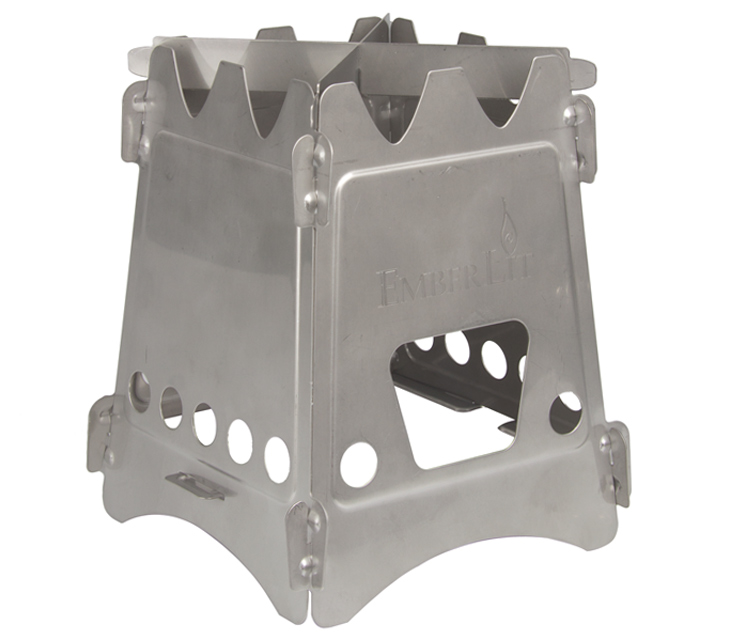
- Solo: 3.8 x 3.8 x 4.2 inches, 9 ounces
- Bushbox: 4.5 x 0.2 x 3.5 inches, 6 ounces
- Emberlit: 4 x 5.5 x 6 inches ; 11.4 ounces
As these specs show, there’s not a lot of difference at a close glance. The Emberlit is the heaviest at 11 ounces and the Bushbox is the lightest at 6 ounces. Unless you are a hardcore ultralight backpacker the few-ounce disparity between these stoves isn’t going to break your back when you store them in your backpack. However, the flat design of the Bushbox and Emberlit is a clever concept that might prove attractive for campers who want to maximize space and weight.
Design
If you’ve read a Solo Stove Lite or Solo Stove Campfire review lately, you’ll notice that most of the reviews have been positive, and it’s mostly due to the design. The Emberlit and Bushbox aren’t pushovers, but the Solo was recommended by both Backpacker Magazine and Matt Graham of Discovery Channel, and that should tell you something about the Solo’s construction. (or their marketing power at least)
In our Bushbuddy stove vs Solo Stove test, we noticed that the Solo doesn’t emit as much smoke. We also compared the stove with the Emberlit and the Bushbox and the results were the same: less smoke for the Solo. This isn’t a fluke though as it’s due to the stove’s double wall that produces secondary combustion and clean gasification. I don’t know about you but I wish clean gasification was a feature I could add to some of my travel partners…
Efficiency
What this means is the fuel burns freely and with less smoke. Speaking of fuel, the Solo, as well as the Bushbox and the Emberlit, are all “fuel free”, that is you don’t need a liquid canister or white gas to make it work. If you’re out camping it’s not practical to use these fuel sources, and fortunately, all three can light a fire with twigs, barks, wood, pine cones, leaves, and so on.
In our tests, all three performed well, and we had no trouble using these materials as fuel. But as we noted above the Solo generates the least amount of smoke. For some campers that is a major plus.
Convenience
Bushbox outdoor pocket stove vs Emberlit stove comparisons will show that the two are not that different, but the Bushbox has the edge in terms of weight (6 ounces vs. 11 ounces for the Emberlit) and also dimensions (the Bushbox is flatter). The difference in terms of specs might seem negligible to some, but for other campers, the difference is significant.
Performance
All three stoves perform as well as can be expected. Between the Solo, the Emberlit, and the Bushbox it’s a tough choice. Both, as is the Solo, are well crafted, convenient to use, and have many similar features. In truth, you really can’t go wrong with any, though the Bushbox has the smallest firebox capacity.
Of course, capacity isn’t the only thing that a camper has to consider, as other factors have to be taken into account as well such as the feel of the stove when a pot is put on top of it. We also factored in the other stuff you’re likely to mull over such as air hole spacing, overall dimensions, how easy it is to feed the wood and other fuel resources, etc. All three do a good job, but we have to give it to the Solo for overall efficiency and dependability.
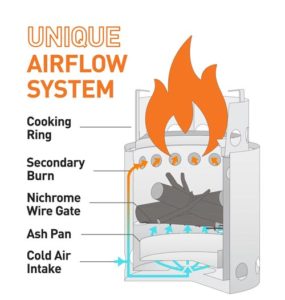 The difference again lies in the design of the Solo. As we mentioned earlier, the stove has secondary combustion that makes burning cleaner and more efficient. If you look at the way the Solo operates, the vents allow air to move freely and flow at the grate’s bottom, feeding the primary combustion. Next, you’ll notice that the air coming from the bottom vents heats inside the interior wall and goes out of the firebox, producing secondary combustion.
The difference again lies in the design of the Solo. As we mentioned earlier, the stove has secondary combustion that makes burning cleaner and more efficient. If you look at the way the Solo operates, the vents allow air to move freely and flow at the grate’s bottom, feeding the primary combustion. Next, you’ll notice that the air coming from the bottom vents heats inside the interior wall and goes out of the firebox, producing secondary combustion.
What does all this mean? Compared to the Emberlit and Bushbox, the Solo cooks wood smoke twice and burns them twice as well. This is what makes the stove more efficient compared to the two. However, all three are easy to light up, low maintenance, and boil water fast. Once you’re done using any of these stoves, they’re easy to clean up afterward.
Another plus for each is their eco-friendliness: the fact that you can use twigs, branches, wood, and other natural materials means less pollution, and that can only be good. And all of them are easy to learn so you can use them not just in camping but during emergency situations too.
Backpacking Stove Price Comparison
The Solo Stove Light costs around $70 while the Bushbox is available online for about $45 and the Emberlit stove for $40. There’s a bit of a disparity in price clearly, and if you’re looking for the most affordable, the Emberlit is the winner here, though the Bushbox isn’t that far behind.
We also said that in terms of performance, all three do well and are more than capable. However, the main advantage of the Solo is that it is built to last and made for long-term use. That’s not to say the Bushbox and the Emberlit cannot last that long, but there’s a reason why the Solo is more expensive and why it’s recommended by professional campers, outdoor enthusiasts, and even some of the top fly fishermen – who knew? You have to admit clean gasification is an impressive feature.
The Verdict
So which of the three wood stoves is the best? The answer is it depends on what you need and on your personal preferences. In terms of size, the Bushbox is the most compact but it’s not by much, and in terms of popularity, the Solo ultralight wood-burning stove has nearly triple the reviews of the other two. Based on our own tests you really can’t go wrong with any of the three, but if popular opinion and lack of smoke are going to be your basis, the Solo has the edge.
FAQ
What are the benefits of a wood burning backpacking stove?
Compared to other types of backpacking stoves, wood-burning backpacking stoves have a few key benefits. They’re typically cheaper (though this depends on the model), are simpler in design and construction, and can be operated using readily available materials – sticks, leaves, pinecones, etc. In general, they offer a more authentic outdoor experience, as you’re relying on nature to provide your fuel.
How do wood-burning backpacking stoves work?
These super-efficient backpacking stoves work by burning small pieces of wood, sticks, or even pine cones. Since the combustibles burn so cleanly you will get very little smoke. The energy efficiency is also improved over a campfire so the heat from the fire can quickly heat a pot or pan that is placed on top of the stove, which then allows you to cook food or boil water much faster.
What are the benefits of using a wood burning backpacking stove?
The main benefit of using a wood-burning backpacking stove is that it is a completely sustainable fuel source. Unlike propane or other types of gas stoves, you can find wood pretty much anywhere outdoors, making it an ideal option for those who like to camp or backpack in remote areas. Additionally, wood-burning stoves are typically very affordable, making them a popular choice for budget-minded campers and backpackers.
What are the drawbacks of using a wood burning backpacking stove?
The main drawback is that it can be difficult to get a good fire going in windy or wet conditions. Additionally, you need to carry along enough wood to last the entirety of your trip, which can add some extra weight to your pack. Or be in an area with plenty of dry wood – not so easy if you are backpacking through an open field.
How do I choose the best collapsible backpacking stove for me?
The best way to choose the best collapsible backpacking stove for you is to consider your needs and budget. If you’re looking for a lightweight and affordable stove that can be used in a wide variety of conditions, say while on a kayaking trip where extra gear weight is frowned upon, then a titanium or aluminum stove like the Solo Stove or Bushbox is a good option. However, if you are looking for something more durable that can handle extreme weather conditions, then the Emberlit might be a better choice.
Happy Camping!

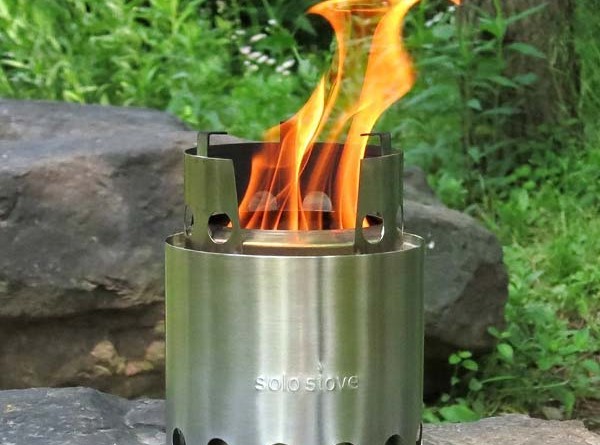
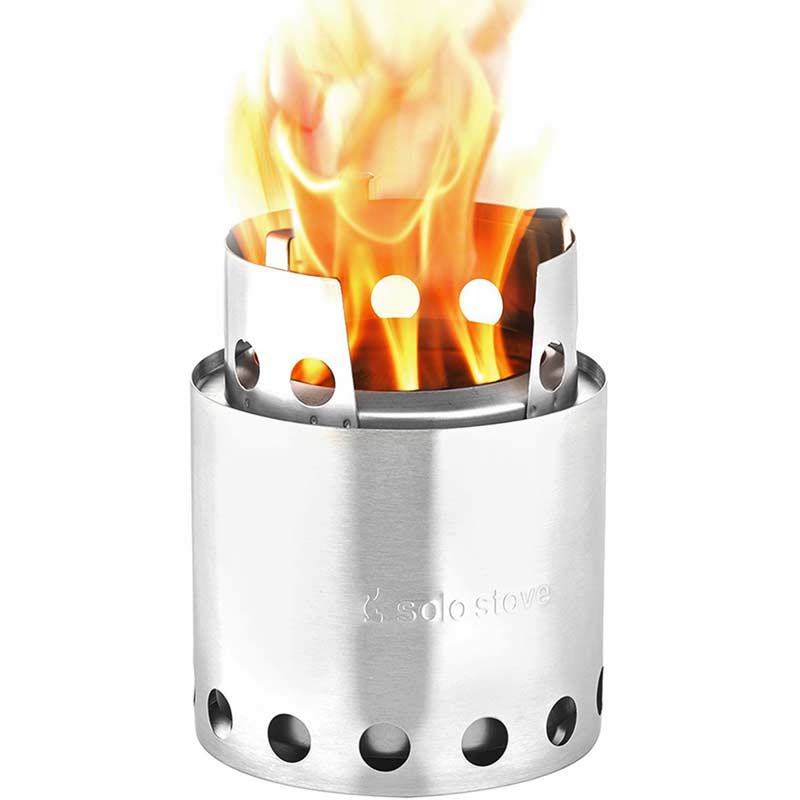
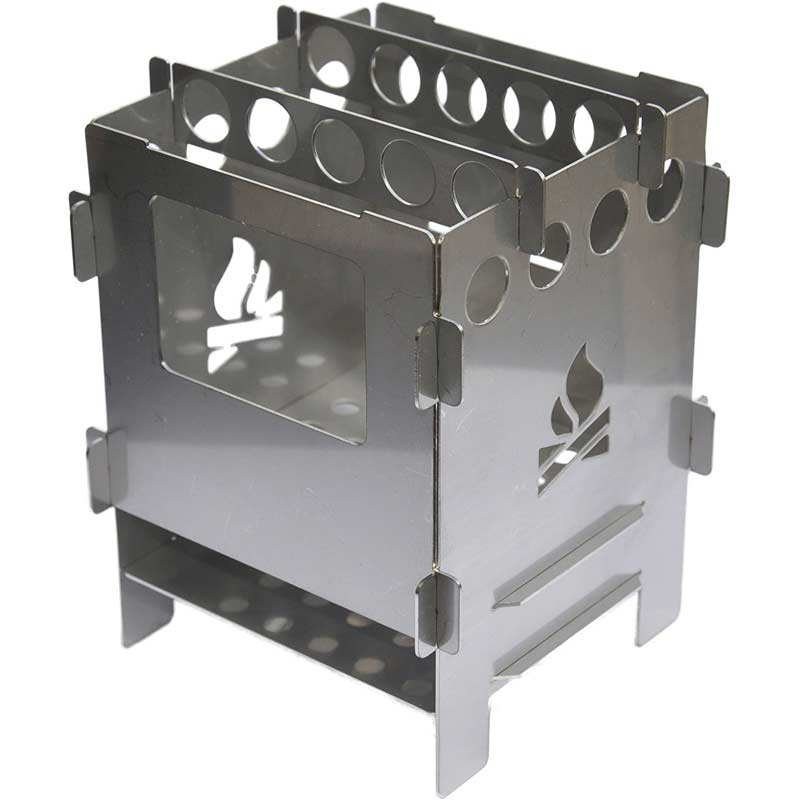

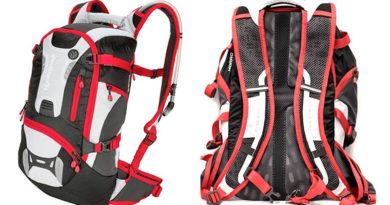
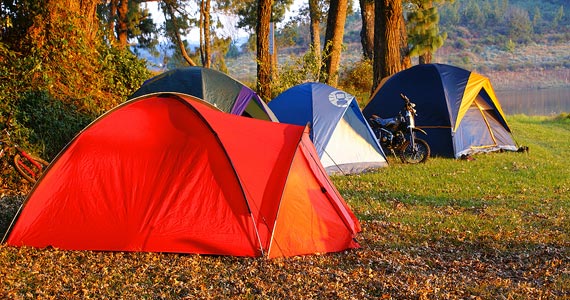
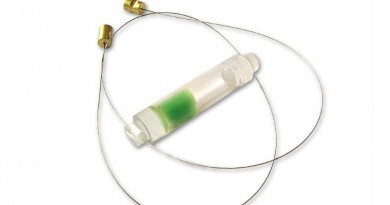
Do you know if these are available in the UK, or anywhere outside of the US?
Yes Sam all three (Bushbox, Emberlit and Solo Stove) are available on Amazon UK.
I have always been a big fan of the Trangia as my main go-to carry stove because I love the way everything nests together to form a pretty capable portable cook set. That said, you do have to carry alcohol to fuel it which can be impratical if you are spending more than a few days out.
Having used Kelly kettles in the past I can see why wood burning stoves are a good alternative, they cook very quickly, and use so little wood that you can practically cook on a handfull of twigs. I am definately considering picking up a Bush Box as a backup. Do they fold flat? and if so, would it fit inside a Trangia nest?
Yes both the bushbox and emberlit stoves fold flat which is a nice feature. The bushbox being the smaller of the two should fit easily in the Trangia carry bag, the emberlit is a little longer but might fit as well.
Really good information on camping stoves. Would love to recommend this to any backpacker who wants to be a part of nature. Having the right gear and tools for your trip is only part of preparing for your camping trip. There are other skills which need to be mastered also.
Thank you for sharing this and please keep it up
Gah I never camp so I had no idea these nifty little devices were ever a thing!? I can imagine the 5 oz different in weight makes a gigantic significance across longer treks and larger knapsacks!!!
Is that you in the video? Getting the very Crocodile Dundee vibe from that amazing wardrobe selection!
Haha, no not me. My caveman clothes are in the wash.
See, the key word here is “backpacking.” So maybe neither would work for me!
Hi, Rusty! This is a great review! This is one of the crucial things for spending a little longer time outdoors and with so many options out there, it`s not that easy to make a choice. This post will surely help with that. Especially if beginners have trouble getting used to using camping and backpacking gear.